

Perhaps the most important factor to consider when reviewing a game like this is, who is this game really for, and what will they get out of it? We’d bet that the audience for Kinect Joy Ride encompasses two groups: the most obvious is the casual-to-non gamer jumping on to the Kinect hype train, but the other group, we believe, is gamers who love games enough to find the idea of a new way to play a racing game enticing. There is something inherently virtual-reality like and even imagination-come-to-life about holding the air as if it were a steering wheel and driving a car on screen.
Right off the bat, Joy Ride poses a problem to both audiences: the steering is too sensitive, which is surprising considering just about everybody figured it would require huge arm movements. Instead, what it has is a tiny dead zone where twists of the wrists do nothing, and then suddenly you’re oversteering into a wall. In fact, during our entire time playing Joy Ride, we spent nearly every second oversteering. We bounced off of walls, crashed into other cars, and generally didn’t go where we wanted to go.
Then there’s the Boost maneuver: pull your arms back to charge it up, then shove your fists forward to activate it. The actual motion of shoving forward and then seeing the car rocket away is fun. Too bad it doesn’t work some of the time, or send you boosting off before you’re ready to stop charging. So the two basic elements of the game, steering and boosting (there’s no gas or brake), just aren’t reliable. It’s possible a super casual gamer will just laugh when they can’t control the car and constantly crash into walls, but how long will that last?
And here we come to the biggest problem of Joy Ride: there’s hardly any game here. There is a handful of tracks in race mode, supplemented by barely different tracks in other modes, along with worthless modes like Stunt and Smash, which become irrelevant exactly ten seconds after they begin. The main tracks take forever to unlock: it will take hours and hours just to get all the main tracks open, but even then, they all feel the same. The problem, of course, is that the limited controls mean that the track designs must be extremely basic – they have a few shortcuts here and there, but driving on one doesn’t really feel different from another one.
The overall feel of the game is just not engaging – there’s no sense of speed, there’s no sense of control, and there’s no sense of variety. Even when it works, it’s extremely boring. Back when it had originally been announced as a free game, it made sense, although honestly we wouldn’t play it even if it was free. To set the price at $49.99 is just utterly ridiculous. Don’t be tempted by the gimmick – it may amuse for five minutes, but then your arms get tired and frustration kicks in.
Nov 4, 2010
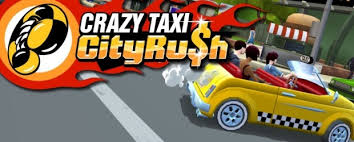
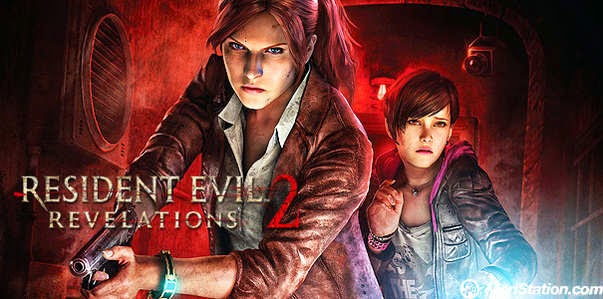
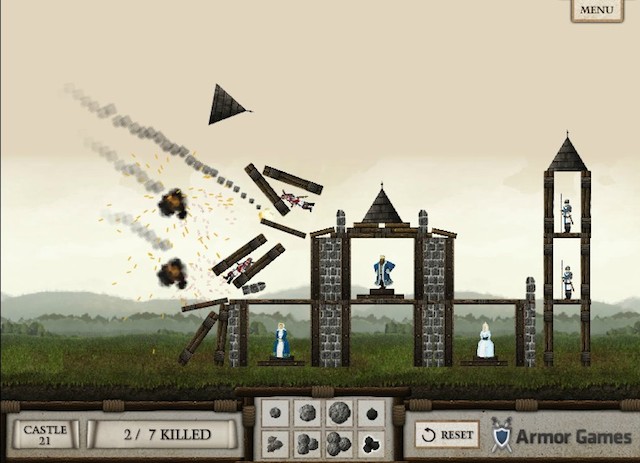
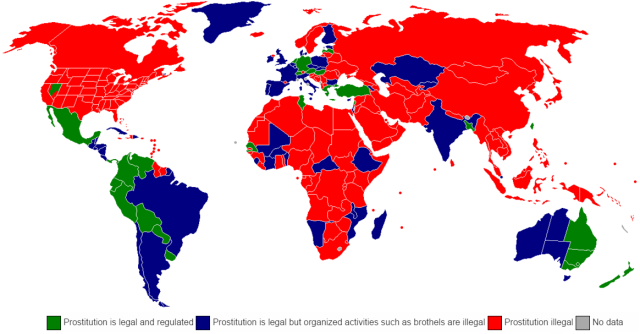
 Fix for Xbox 360 Slim Flashing red light on power button
Fix for Xbox 360 Slim Flashing red light on power button Ni No Kuni: Wrath of the White Witch Wiki .
Ni No Kuni: Wrath of the White Witch Wiki . Top 10 Funniest Banter Scenes in Mass Effect 3
Top 10 Funniest Banter Scenes in Mass Effect 3 Top Crusader Armor Build in Diablo 3 Ultimate Evil Edition
Top Crusader Armor Build in Diablo 3 Ultimate Evil Edition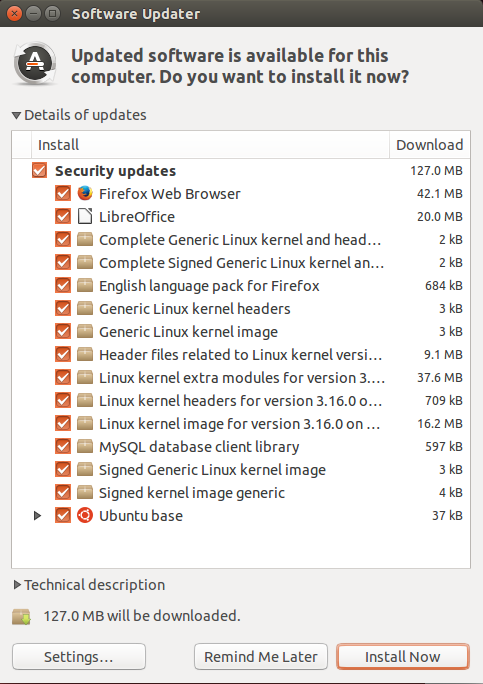 How to Overcome Problems with the Ubuntu Update Manager
How to Overcome Problems with the Ubuntu Update Manager